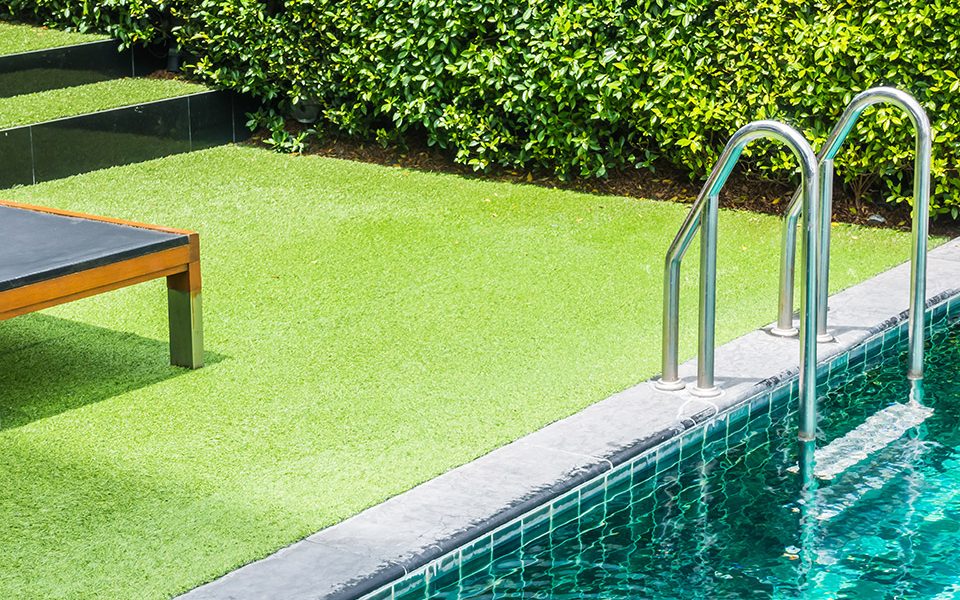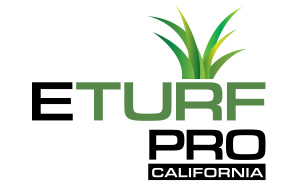10 Reasons Why You Should Use Artificial Turf
Artificial turf has become increasingly popular as a low-maintenance and environmentally-friendly alternative to natural grass. Homeowners are discovering that it enables them to keep a lovely home without worrying about going against landscaping guidelines.
There are numerous advantages when using artificial turf rather than a natural grass lawn.
Besides eliminating time-consuming maintenance, synthetic turf also removes the need to water your lawn. So, rather than spending your weekend fertilizing, mowing, and watering your yard, you can resume enjoying it with your family and friends.
Here are ten reasons why you should consider using artificial turf:
Low Maintenance
One of the significant benefits of using synthetic grass is that it requires little to no maintenance. Since it doesn’t need to be watered, fertilized, or mowed, it can save you a ton of time and money on lawn care. This gives you free time to enjoy your garden rather than care for it. If you have pets, all that is needed is a yearly maintenance session and occasional hose down.
Durability
After successfully installing your artificial lawn, tiring upkeep will be a thing of the past. Artificial turf will withstand heavy foot traffic and harsh weather conditions, making it a durable choice for high-use areas. Unlike natural grass, it won’t become worn out or damaged. Not even exposure to ultraviolet rays can make it lose its color- the fibers are made stable against it.
Stays Green All Year Round
Nothing is worse than grass that has been discolored due to excessive or insufficient water, sunlight, or a four-legged friend. Keeping natural grass green for even a fraction of the year can be difficult. When it comes to uncontrollable weather conditions, it’s nearly impossible to create the optimal environment for grass growth.
Growing a green lawn is a constant struggle, whether the problem is too much sunlight and not enough water drying up your turf or too much water and not enough sunlight drowning your grass. Fortunately, there are various artificial turf options with custom color blends to keep your lawn green all year long.
Safe for Pets and Kids
Pets and kids are well known for their roughhousing behavior, which often leads to harm and a mess. The grass is undoubtedly a safer alternative to concrete for play gardens, but what about the mess? Synthetic turf preserves grass safety while eliminating the mess created by grass and mud stains. Your pets and children can effortlessly explore your garden when you install artificial turf.
Versatile
If you have ever tried cultivating natural grass on rough terrain or punitive climate, you know how difficult it is to keep up a lush lawn. Synthetic grass products can be used for almost every situation, regardless of whether you are dealing with muddy parts, steep hills, drought conditions, or difficult-to-grow terrain. Artificial grass is nearly resistant to the elements and will embellish your yard all year round.
Proper Drainage
Artificial turf is a very effective drainage solution. It is designed to have tiny holes to allow water to penetrate through the backing to the water table via the base, whether from a paddling pool or rain. This makes synthetic grass much safer since you won’t incur injury or slip.
Cost-Effective
Artificial grass’s most notable advantages are its cost-effectiveness and long-lasting value. Although there’s a hefty installation cost, it’s an investment that can increase your home’s value for many years. Within a short time, the turf will pay for itself when you divide the price of the grass and its installation over the time it will be in place and account for the little cost and effort spent on maintenance.
No Fertilizers and Pesticides
By installing artificial turf, you’ll have an evergreen landscaping cover that will remain green and lush with minimal maintenance. As a result, you won’t have to spend money on costly fertilizers every year. Also, you won’t have to buy pesticides as artificial turf doesn’t draw outside pests that may harm your lawn. This, as well, will save you a ton of money and help you avoid the harmful health effects of poisoning your grass.
Eliminate Air Pollution
According to the Environmental Protection Agency (EPA), small gas-powered equipment, such as mowers, blowers, and edgers, generate a disturbing amount of pollution. They produce high levels of carbon monoxide and other pollutants that aid in ozone formation. Getting rid of air pollutants is just as valuable for your wallet as it is for the atmosphere, and you can do it without having to mow a lawn.
No Patches, Puddles, Discoloration, Or Weeds
Wet weather and prolonged use can lead to patches and puddles forming in a natural garden, damaging its appearance in the long run. Environmental conditions may result in the discoloration of your natural grass. Your garden will not receive the same amount of sunlight throughout the entire space, causing some sections to appear brown and bald. Additionally, weeds will unavoidably spread across your grass, adding to the already time-consuming care.
As a result, artificial turf is the ideal choice. It is unaffected by environmental conditions and prevents weeds from growing and mud from spreading. In the end, artificial lawn enables a tidy and uniform result.
Conclusion
There are many great reasons you should use artificial turf for lawns and landscaping. Installing artificial turf gives you the benefits of green, lush grass all year round with virtually no drawbacks.
After installation, kids and pets can enjoy a much safer yard. Homeowners can also rest easy knowing that the installed artificial grass is practically maintenance-free, long-lasting, and durable. It is also a natural choice for those who fear doing yard work. It allows you to enjoy the benefits of a spotless yard without the hassle of a natural lawn.
Therefore, instead of spending your weekends mowing the lawn, start spending them enjoying your outdoor space with the people about whom you care. Depending on the application or wear and tear, artificial turf can last from 10 to 15 years.


